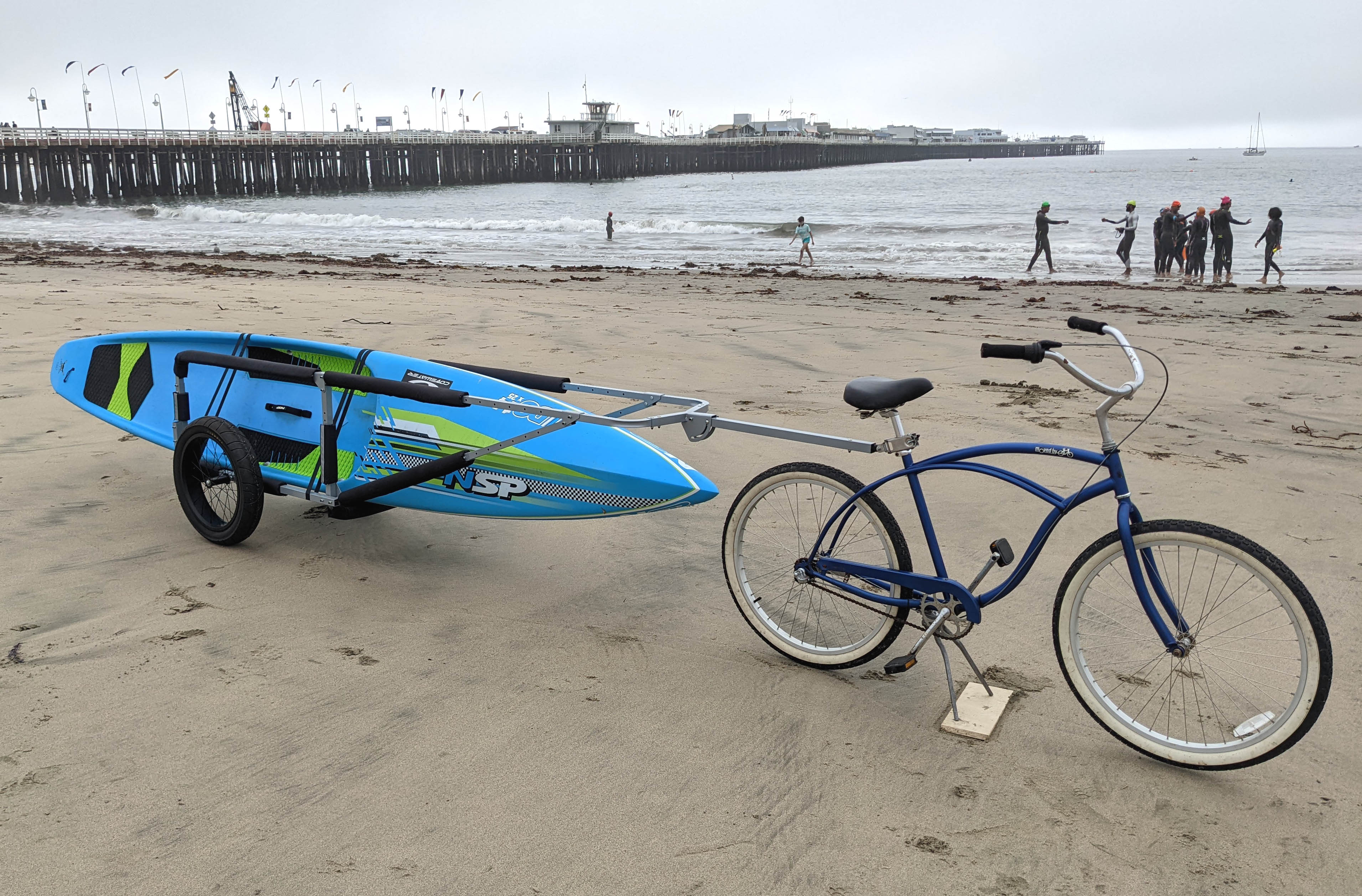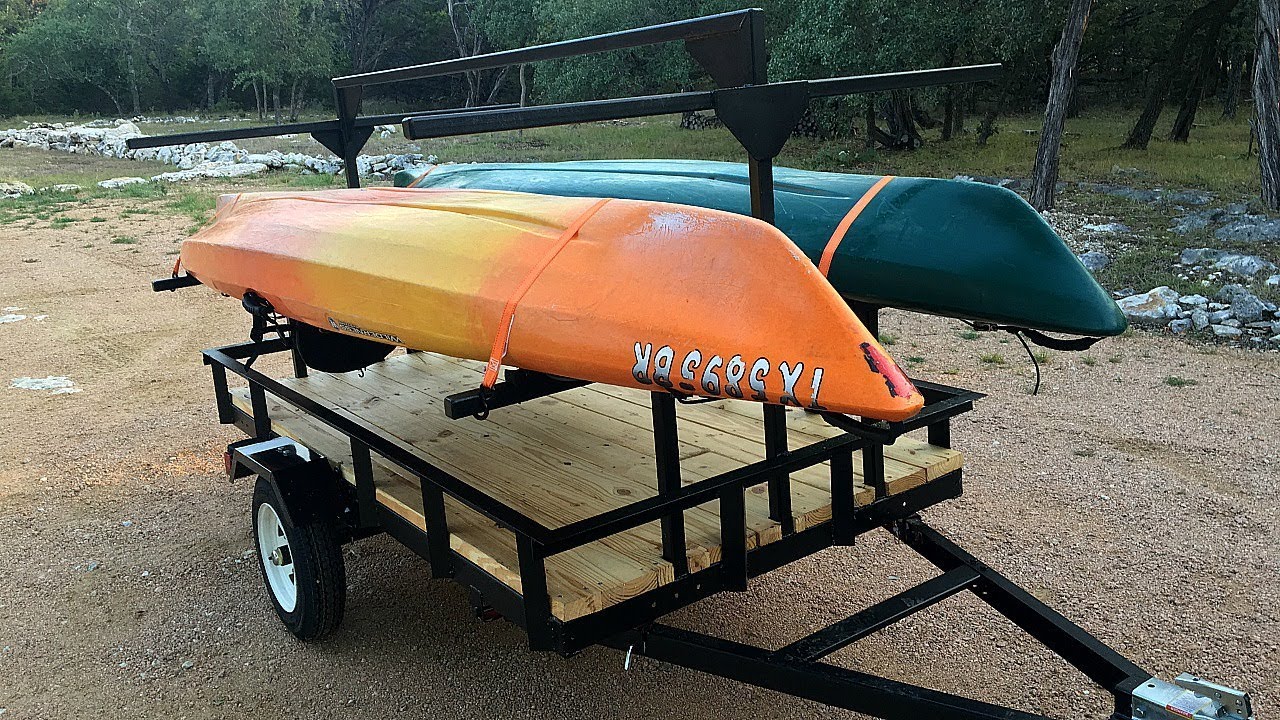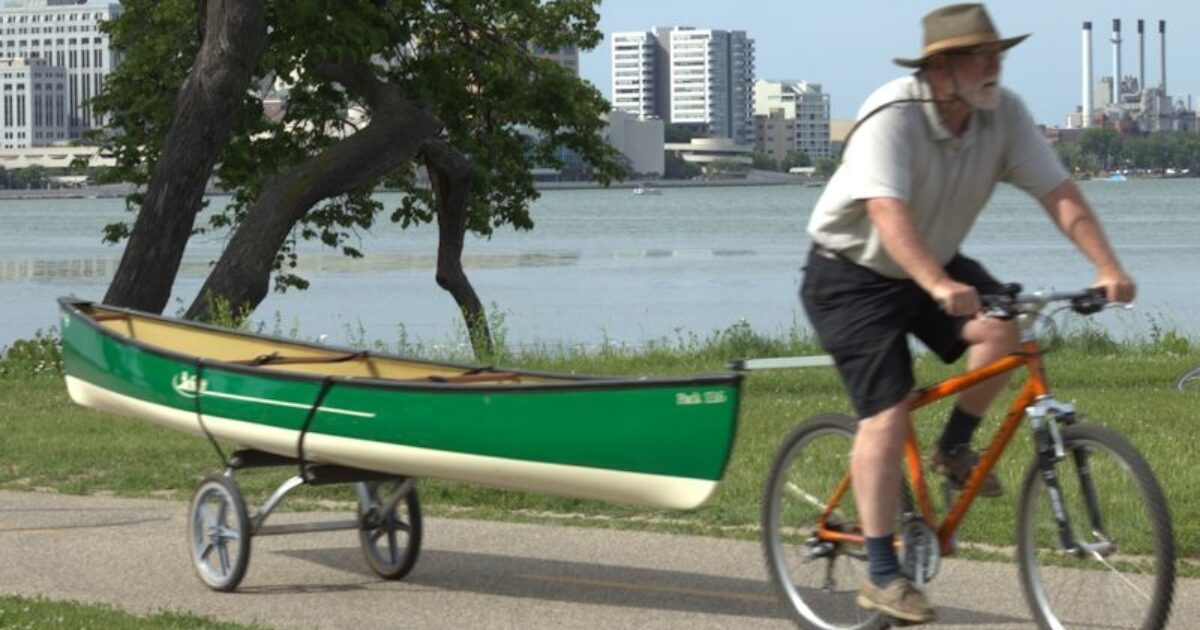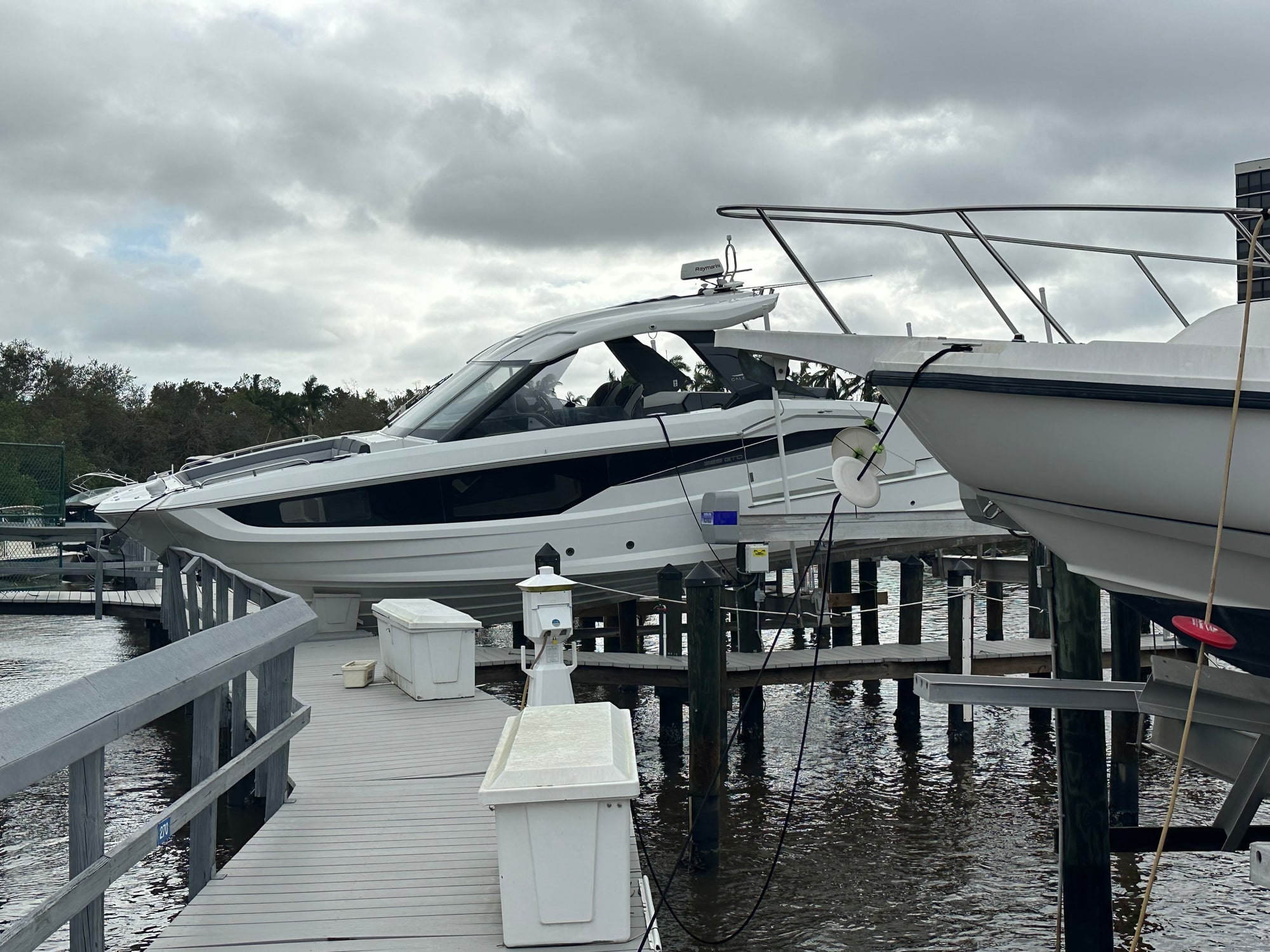Kayak Trailers: The Ultimate Guide to Hassle-Free Transport
Kayak trailers have become an essential piece of equipment for outdoor enthusiasts who love spending time on the water. These useful transport systems allow kayakers to effortlessly transport their equipment from place to place, ensuring that their journey is as hassle-free and enjoyable as possible. Choosing the right kayak trailer is an important decision that involves considering factors such as the number of kayaks, weight capacity, and the overall functionality of the trailer.
There are various styles and types of kayak trailers available on the market, with features designed to cater to different needs and preferences. Whether you're seeking a lightweight and minimalist trailer or a more heavy-duty option that can accommodate multiple kayaks, there is a suitable option out there for every paddler. Researching the best options and understanding their respective features is crucial in making an informed decision.
When investing in a kayak trailer, it is also important to consider safety and towing tips, as well as the costs associated with acquiring a high-quality trailer. Some quality options, such as Malone MicroSport and Yakima EasyRider, have proven to be reliable and user-friendly choices. This comprehensive guide on kayak trailers will aim to help kayakers make the right decision, ensuring their water adventures are as smooth and stress-free as possible.

Why Use a Kayak Trailer?
A kayak trailer is an essential piece of equipment that provides numerous benefits for kayaking enthusiasts. Whether you are a seasoned kayaker or just starting out in the sport, a kayak trailer can make transporting your watercraft to and from the water much more convenient and efficient.
One of the primary reasons to use a kayak trailer is to ease transportation. Kayaks can be quite large and heavy, especially when considering fishing kayaks designed for extended adventures. Transporting them in the back of a car or truck can be cumbersome, potentially damaging the vehicle or watercraft. Utilizing a kayak trailer ensures safe and secure transportation for your watercraft and prevents potential damage to your vehicle.
Another advantage of using a kayak trailer is that it allows for the transport of multiple kayaks at once. This is particularly useful for families, groups of friends, or organizations planning kayaking trips. With the ability to conveniently transport multiple watercraft, a kayak trailer simplifies logistics and allows for a more straightforward and enjoyable adventure.
Kayak trailers also provide additional storage space for kayaking and fishing gear while on the road. Many trailers feature compartments or mesh baskets integrated into their design that can be used to store wet gear, life jackets, paddles, and other essential items. This added storage capability can make packing for your trip easier and more organized.
Furthermore, a kayak trailer increases the ease and speed of getting your kayak into the water. The quick assembly and convenient design allows you to effortlessly unload your kayak and launch it into the water, eliminating the need for lifting and carrying the heavy watercraft to the shoreline.
In summary, using a kayak trailer for transportation can enhance your kayaking experience by providing convenience, safety, and efficiency. Investing in a reliable and well-designed kayak trailer will ultimately make your kayaking adventures more enjoyable and stress-free.

Types of Kayak Trailers
Kayak trailers come in various designs to suit different needs and preferences. In this section, we will discuss three common types of kayak trailers: Roof Rack Trailers, Bike Trailers, and Multi-Capacity Trailers.
Roof Rack Trailers
Roof Rack Trailers are designed to be mounted on the roof of a car, making it easier to transport your kayaks without taking up extra space on the road. They typically consist of a set of bars attached to the vehicle's roof, allowing the kayaks to be secured horizontally. Some factors to consider when choosing a roof rack trailer include:
- Weight capacity: Ensure the roof rack is strong enough to support the combined weight of the kayaks. For example, stainless steel and alloy materials often provide higher weight capacities and durability.
- Ease of use: Look for roof racks with simple and secure attachment mechanisms, such as straps or locking systems.
- Compatibility: Check if the roof rack is compatible with your vehicle and the specific kayaks you plan to transport. Some roof racks may require additional adapters.

Bike Trailers
Bike trailers allow for the convenient transportation of kayaks using a bike, rather than a car. These trailers are attached to the rear of the bike and typically feature one or two wheels designed to support the weight of the kayaks. Some key points to consider when selecting a bike trailer include:
- Weight capacity: Just like with roof rack trailers, ensure the bike trailer can support the weight of your kayaks.
- Stability: Choose a bike trailer with a stable and sturdy design, as it will help prevent tipping over or swaying during transport.
- Towing capacity: Make sure that the bike's towing capacity is adequate for the trailer and the kayaks' combined weight.
Multi-Capacity Trailers
Multi-capacity trailers are designed to carry multiple kayaks at once, making them ideal for group outings or for those with multiple watercraft. They can typically be towed by cars or trucks, and are available in several configurations, such as stacked, side-by-side, or multi-tier. When selecting a multi-capacity trailer, consider the following:
- Kayak capacity: Multi-capacity trailers come in different sizes, ranging from 2 to 6 or more kayaks. Choose the one that best suits your needs.
- Material and construction: Look for trailers made of materials that resist rust and corrosion, such as galvanized-coated steel frames or lightweight aluminum.
- Safety features: Opt for trailers with properly functioning lights, secure fastening systems, and padded load bars to protect your kayaks during transport.
In conclusion, when choosing a kayak trailer, it's essential to consider factors such as weight capacity, compatibility, stability, and safety features. Roof Rack Trailers, Bike Trailers, and Multi-Capacity Trailers offer various solutions for transporting your kayaks according to your specific needs and preferences, so choose the one that best fits your situation.

Key Features to Consider
Materials
When choosing a kayak trailer, it's important to consider the materials used for both the frame and the components. Most kayak trailers feature frames made from either galvanized steel or aluminum. Galvanized steel is typically used for its rust and corrosion-resistant properties and tends to be more budget-friendly. On the other hand, aluminum is lighter and offers a sleek aesthetic, but can sometimes be more costly.
Weight Capacity
The weight capacity of a kayak trailer is another crucial aspect to consider. Most trailers can handle tandem kayaks or multiple smaller boats, but it's essential to verify the trailer's weight limit before making a purchase. Some kayak trailers, such as this 195-pound weight capacity trailer, are perfect for smaller boats, while others can handle larger loads—for example, the Malone MicroSport 2-Boat Bunk Style Trailer.
Tire Types
Tire types are important to evaluate as they can significantly impact a trailer's performance and stability on various terrains. Most kayak trailers come with either 10-inch or 12-inch wheels, but specific trailers may have larger wheels for towing in rough terrain. Additionally, consider looking for marine-grade bearings and galvanized axles to improve the trailer's longevity and durability, especially in salt-water or marine environments.
Hitch Options
Lastly, it's essential to assess the hitch options available for your kayak trailer. Depending on your towing vehicle, you might need a specific hitch type or size to secure the trailer properly. Some trailers come with adjustable hitches, while others require you to purchase an adapter separately. Keep in mind the tongue length of the trailer, as this can impact loading and unloading ease and accommodate for crossbars on your towing vehicle.
Overall, considering these key features in a kayak trailer will help you make an informed decision and find the ideal model for your particular needs and preferences. Happy paddling!
Top Kayak Trailers in the Market
In this section, we will discuss two of the top kayak trailers available in the market today: the Malone Ecolight 2-Boat V-Rack Kayak Trailer and the Malone Microsport Trailer. These trailers are essential for transporting kayaks easily and safely to your desired destination.
Malone Ecolight 2-Boat V-Rack Kayak Trailer
The Malone Ecolight 2-Boat V-Rack Kayak Trailer is a great option for those looking for a lightweight and budget-friendly kayak trailer. This trailer has the capacity to carry up to two kayaks, which makes it ideal for solo adventurers or couples looking to transport their kayaks together.
One of the standout features of the Malone Ecolight 2-Boat V-Rack Kayak Trailer is its V-Rack design. This design provides a secure and stable platform for transporting kayaks, reducing the risk of damage during transit. The trailer also comes with kayak carriers, allowing the users to secure their kayaks properly.
Additionally, the Malone Ecolight 2-Boat V-Rack Kayak Trailer is built with galvanized steel, ensuring its durability and resistance to rust. It also has a weight capacity of up to 200 lbs, perfect for carrying standard-sized kayaks.
Malone Microsport Trailer
The Malone Microsport Trailer is another excellent option for transporting kayaks. This trailer has been consistently rated as one of the best kayak trailers in the market due to its quality build, functionality, and weight capacity.
One significant aspect of the Malone Microsport Trailer is its ability to carry up to four kayaks, making it a great choice for families or groups planning a kayaking adventure. With its 350 lbs weight capacity, this trailer can accommodate various types of kayaks, including those with larger dimensions.
The Malone Microsport Trailer is designed with a fold-away J setup, which makes it easy to store when not in use. It also features kayak cradles and kayak saddles, ensuring secure transportation of the kayaks.
Moreover, the Malone Microsport Trailer is built with alloy steel, providing a robust and heavy-duty structure for your kayaking adventures. The 2" ball size offers compatibility with most standard towing vehicles, making it a versatile choice for various users.
In conclusion, both the Malone Ecolight 2-Boat V-Rack Kayak Trailer and the Malone Microsport Trailer are perfect options for transporting your kayaks safely and efficiently. Depending on your needs and preferences, either of these trailers would make an excellent addition to your water adventure gear.
Accessories and Storage
When it comes to kayak trailers, accessories and storage are essential aspects to consider. While planning for a kayaking trip, it is crucial to make sure you have all the necessary items and a proper storage system to maximize efficiency and convenience.
Storage Space: Having ample storage space on your kayak trailer is fundamental. A well-designed trailer should offer enough room for kayaks, paddles, life jackets, and other personal belongings. Look for trailers with mesh baskets or compartments for stowing wet gear and bags under the boats.
Dry Bags: To protect your valuable items such as electronics, clothes, and food, it is essential to invest in quality dry bags. They help keep your belongings safe from water damage throughout your kayaking adventures.
Paddle Storage: Adequate paddle storage is an essential part of organizing your kayaking equipment. Many trailers are equipped with padded load bars or kayak racks that have designated slots for paddles, keeping them secure and easily accessible.
Frame and Axle-Mounted Accessories: The frame and axle-mounted accessories on kayak trailers ensure that your gear stays secure during transportation. For example, galvanized steel frames protect against rust and corrosion, while galvanized wheels and marine-grade bearings offer durability for long-term use.
Life Jackets: Life jackets are a crucial safety accessory for any kayaking trip. It is important to have enough storage space on the trailer to accommodate life jackets for each person involved in the excursion. Some trailers may have designated storage areas, or you can store them in dry bags or compartments when not in use.
Seat-Post Mounted Accessories: Seat-post mounted accessories such as rod holders and drink holders enhance your kayaking experience, providing convenience and efficiency on the water. Ensure these items have a designated space on the trailer for secure storage and easy access when needed.
In summary, having suitable access to accessories and well-planned storage capabilities for your kayak trailer is essential for a successful kayaking adventure.
Transporting Kayaks Safely
Transporting kayaks safely is essential to protect both your kayak and your vehicle. One of the most effective ways to transport kayaks is by using kayak trailers, which are designed for secure, hassle-free transportation. In this section, we'll discuss the primary aspects of transporting kayaks safely, including care, bracing straps, fastening, tongue length, benefits, security, and precautions.
Proper care should always be taken while loading and unloading kayaks onto trailers. Ensure the boat is properly balanced and that its weight is distributed evenly on the trailer. When it comes to bracing straps, using high-quality straps to fasten your kayak firmly is crucial. Straps should be neither too tight nor too loose, as excessive tension may damage the kayak, while insufficient tension can risk the kayak coming loose during transportation.
Fastening is another important aspect of safely transporting kayaks. Make sure to secure the kayaks using bow and stern tie-downs in addition to the primary straps. These help prevent the kayak from shifting during transport, adding an extra layer of security.
Tongue length is an often-overlooked factor in transporting kayaks safely. A trailer with an appropriate tongue length provides better control and maneuverability while towing, reducing the chance of accidents. Choose a trailer with a suitable tongue length for both your kayak's size and your vehicle's hitch.
The benefits of using a kayak trailer are numerous, including easy loading and unloading, increased fuel efficiency, and reduced stress on your vehicle's roof or trunk. Additionally, a kayak trailer allows for easier transportation of multiple kayaks, which is particularly useful for group outings or multi-kayak families.
Security is also a crucial aspect to consider when transporting your kayak. Invest in a quality lock to secure your kayak to the trailer, especially during pit stops or overnight parking. This not only guards against theft but also adds peace of mind for the kayak owner.
Lastly, always take necessary precautions while transporting kayaks. Regularly inspect your trailer for signs of wear or damage, ensuring that its components are in good working condition. Double-check that your kayak is firmly fastened before starting your journey, and periodically check the straps and tie-downs during longer trips.
By following these guidelines, you can ensure the safe and efficient transportation of your kayaks using a kayak trailer. Remember to invest in quality equipment and pay attention to details for the best results in transporting your vessels.
Charlie is Editor-in-Chief of Sea Magazine







